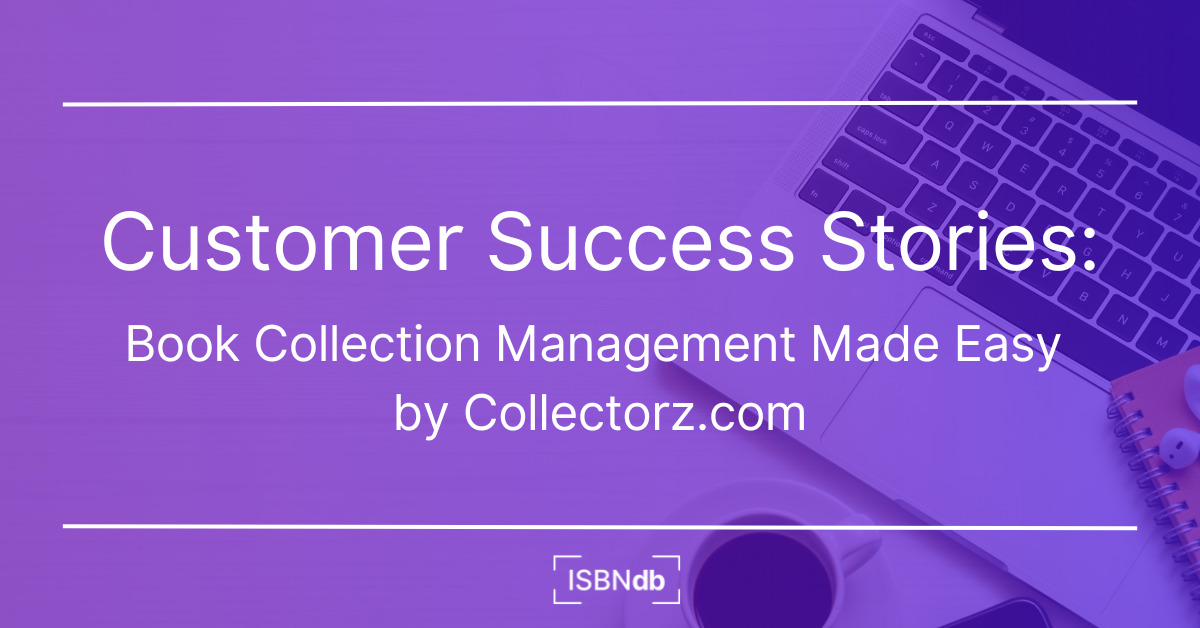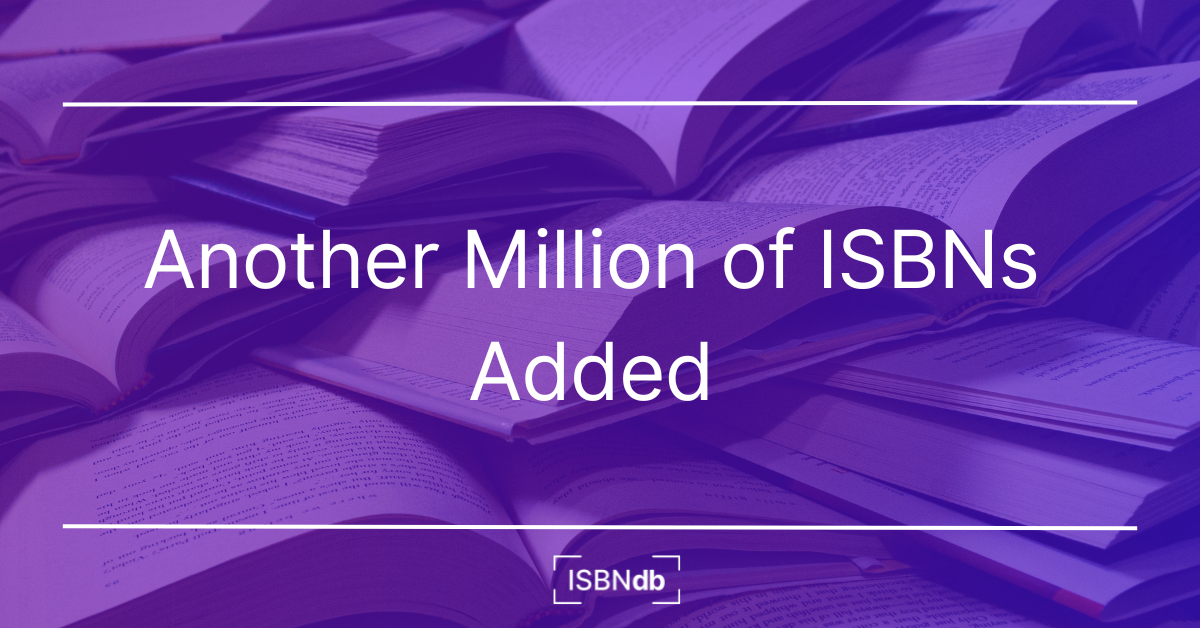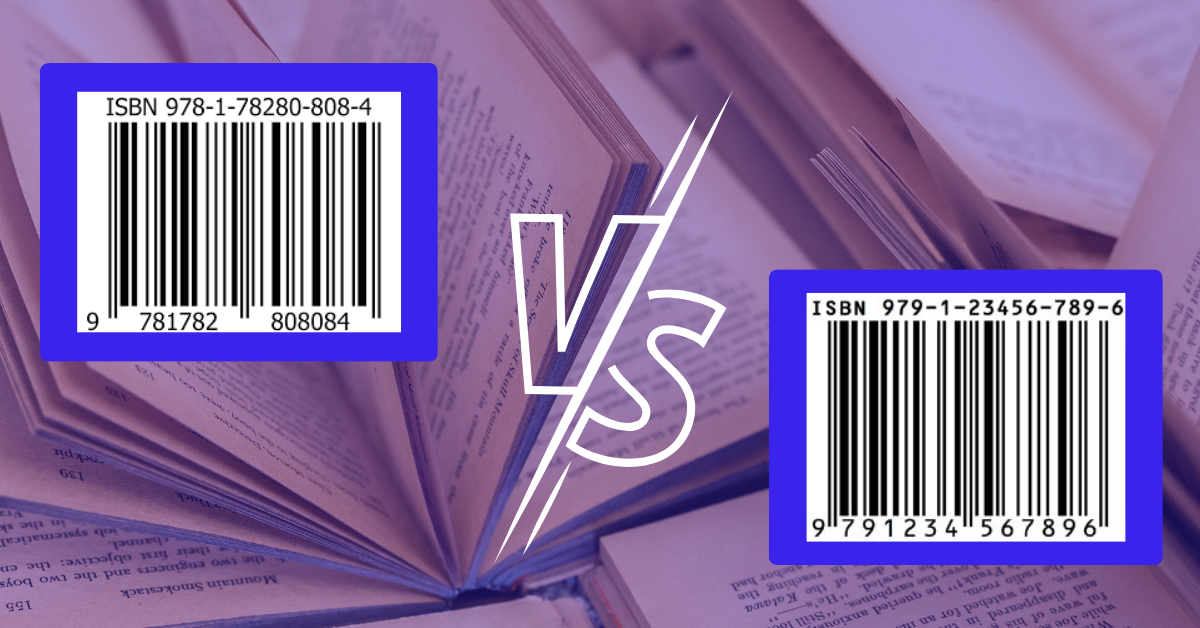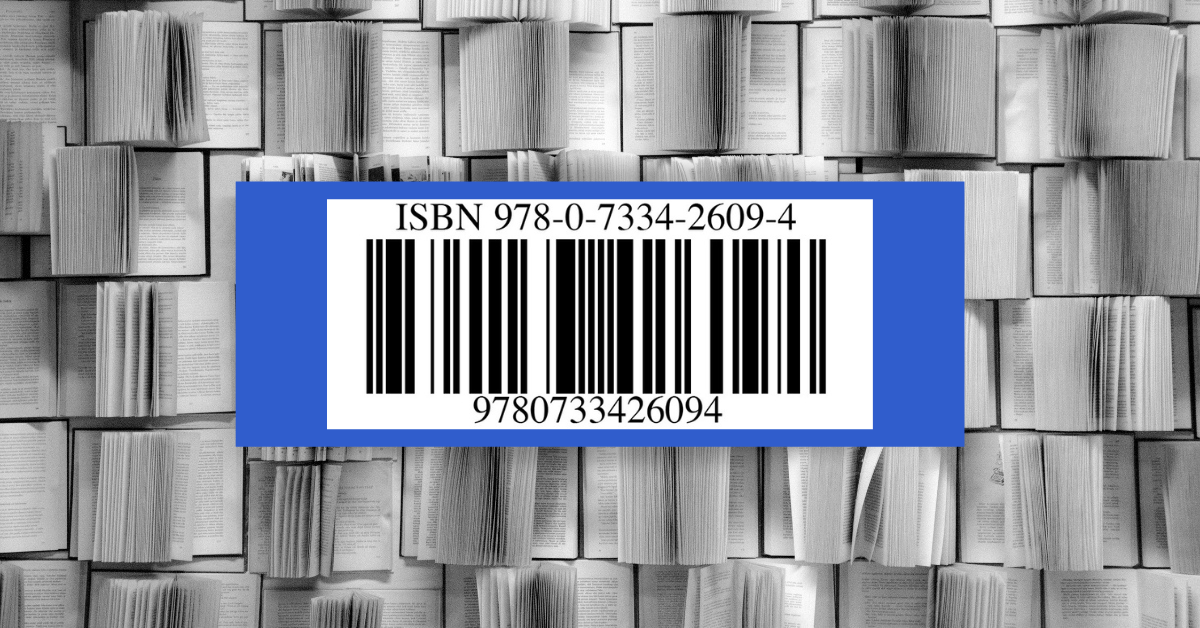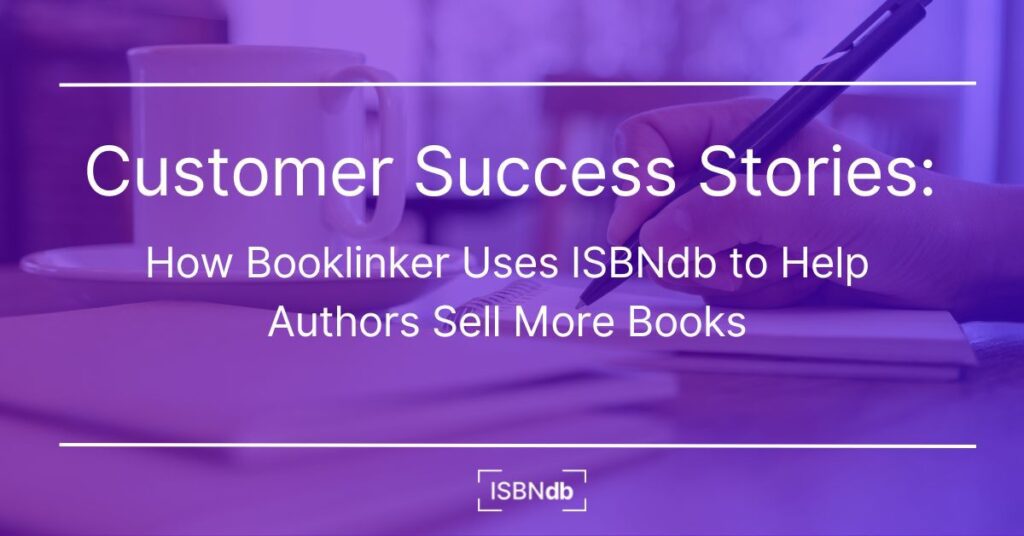
At ISBNdb.com our aim is to provide the largest ISBN database possible for publishers, booksellers, software developers, libraries, educational institutions, and all other organizations involved in the book industry. It’s a great pleasure for us to find out about new interesting ways of the ISBNdb book database usage by our customers. Today we’re happy to share the Booklinker team story, introduced by Austin Tuwiner, the Growth Manager at Booklinker.



